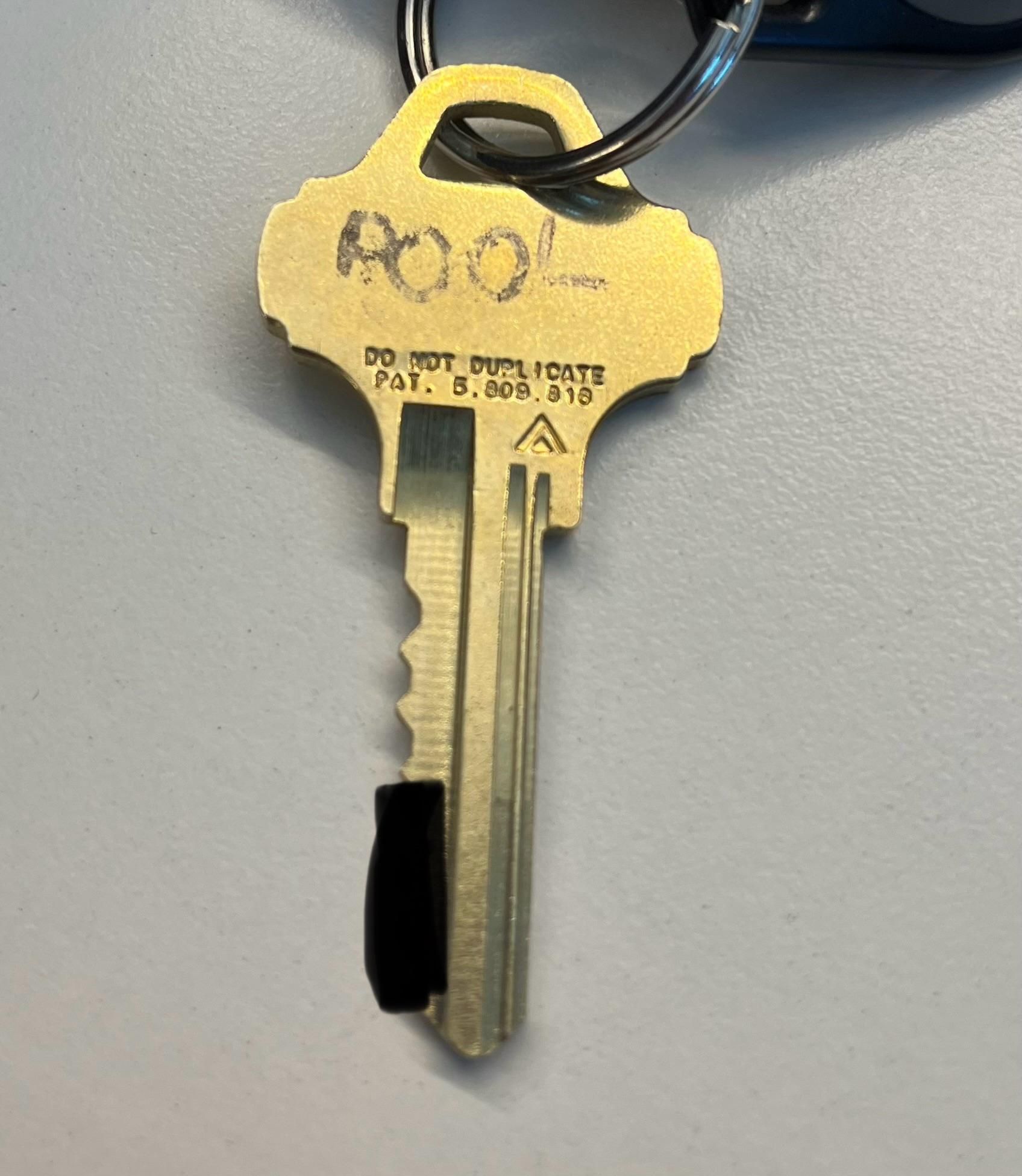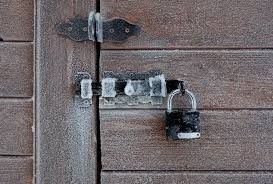How to Tell If Someone Has Tampered with Your Lock
You come home, insert your key into the lock, and something feels off. Maybe the key is harder to turn, or there are tiny scratches around the keyhole. If you've ever had a gut feeling that someone has tried to break into your home, trust it—locks don’t just change overnight. Whether it's an attempted burglary, a nosy landlord, or even just a prankster, recognizing the signs of lock tampering can help you act before it’s too late.
Understanding how to spot the evidence of tampering and what to do next can make all the difference in keeping your property secure. This guide will walk you through the telltale signs of lock manipulation, what causes them, the risks involved, and how to reinforce your security.
Why Your Door Lock Keeps Freezing and How to Fix It
Common Signs That Your Lock Has Been Tampered With
1. Unusual Scratches and Marks Around the Keyhole
A lock that has been picked or tampered with often shows fine scratches or scuff marks near the keyhole. These marks are usually caused by burglars using lock-picking tools such as tension wrenches, bump keys, or screwdrivers. While some wear and tear is normal, excessive or fresh scratches are a red flag.
If you notice new marks that weren’t there before, take a closer look. A magnifying glass can help you identify tiny scratches that might indicate forced entry.
2. Difficulty Turning the Key
If your key suddenly becomes harder to turn, there might be a reason beyond normal wear. Lock-picking tools can damage the internal pins and springs of a lock, making the key stick, turn roughly, or not work at all. If this happens unexpectedly, consider whether someone has recently tampered with your lock.
Try inserting your key slowly—does it feel like there’s resistance inside? If so, it might be time to call a locksmith.
3. The Lock Feels Loose or Wobbly
A lock should feel sturdy when you turn the key. If it suddenly becomes loose, wobbly, or misaligned, someone may have attempted to pry it open. Burglars sometimes use brute force, like a crowbar or a screwdriver, to gain entry, which can loosen the mechanism.
A compromised lock is easier to break into, so don’t ignore this warning sign. Reinforcing your lock with a strike plate or upgrading to a more secure model can help prevent further tampering.
4. Visible Signs of Forced Entry
If you see dents, deep scratches, or bent metal around the lock or door handle, these are clear indications that someone attempted to break in. Burglars who fail to pick a lock may resort to brute force, using tools like crowbars or even hammers to smash the lock. If your lock appears physically damaged, replace it immediately.
5. Strange Keyhole Debris or Substances
A burglar may attempt to disable a lock by inserting glue, dirt, or other foreign substances into the keyhole. If you notice something lodged inside your lock that wasn't there before, it's a strong sign that someone tried to tamper with it.
Try using compressed air to clear out debris, but if that doesn’t work, a locksmith can help remove the blockage and assess the damage.
What to Do If You Suspect Lock Tampering
Step 1: Inspect Your Lock Thoroughly
Take a close look at your lock, preferably with a flashlight and magnifying glass. Check for scratches, loose parts, and anything unusual in the keyhole. If possible, take a picture of any damage for documentation.
Step 2: Test Your Key and Lock Mechanism
Insert your key and turn it gently. If you feel resistance, hear strange clicking sounds, or notice the key struggling to turn, avoid forcing it. A jammed or damaged lock can break further if mishandled.
Step 3: Check for Other Signs of Forced Entry
Tampered locks often accompany other signs of break-in attempts, such as scratches on door frames, broken handles, or even misplaced objects around entry points. Look for anything suspicious.
Step 4: Strengthen Security Measures
If you find evidence of tampering, it's time to upgrade your security. Consider:
- Installing deadbolts: These provide an added layer of security beyond the standard lock.
- Rekeying or replacing locks: A professional locksmith can either rekey your lock or replace it entirely if it’s compromised.
- Upgrading to smart locks: Electronic or fingerprint locks are harder to tamper with than traditional ones.
Step 5: Notify Authorities If Needed
If you suspect a break-in, don’t hesitate to contact the police. Provide them with any evidence, such as damaged locks or security footage, to assist with their investigation.
Preventive Measures to Protect Your Locks
Preventing lock tampering is easier than dealing with its aftermath. Here’s how to secure your home:
- Use High-Security Locks: Invest in bump-proof and pick-resistant locks that are designed to withstand tampering attempts.
- Install Security Cameras: A visible camera near your entry points can deter criminals.
- Reinforce Doors and Windows: Strengthening door frames and adding security bars can make forced entry more difficult.
- Be Mindful of Who Has Access: If you’ve given spare keys to tenants, workers, or acquaintances, be cautious. Rekey your locks periodically.
- Stay Vigilant: If you ever notice suspicious individuals near your property, don’t ignore it. Criminals often scope out homes before attempting a break-in.
Conclusion: Stay One Step Ahead of Intruders
A tampered lock is more than just an inconvenience—it’s a wake-up call. Whether it’s a failed burglary attempt or just a nosy individual trying to gain access, taking immediate action can prevent further risks. By recognizing the signs, reinforcing security, and staying vigilant, you can protect your home, valuables, and peace of mind.
If your lock has been tampered with, don’t take any chances. Contact a professional locksmith to assess the damage and install more secure locking mechanisms. After all, your safety is worth more than just a good lock—it’s about having the right security measures in place to keep intruders out for good.
Call Us Any Time!








